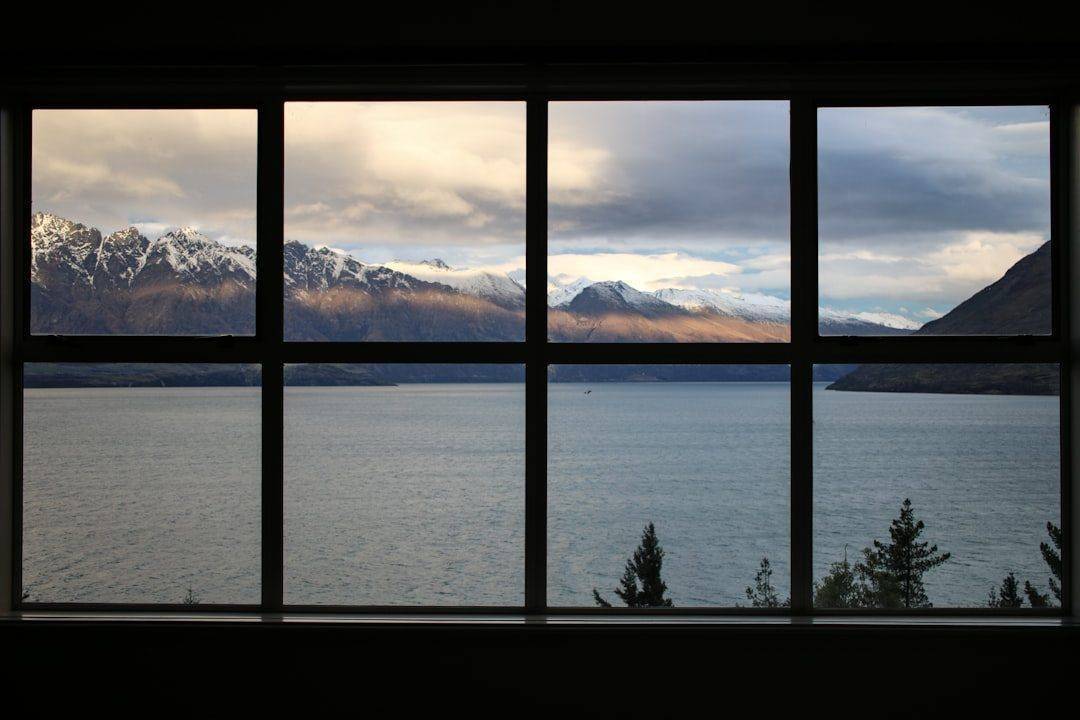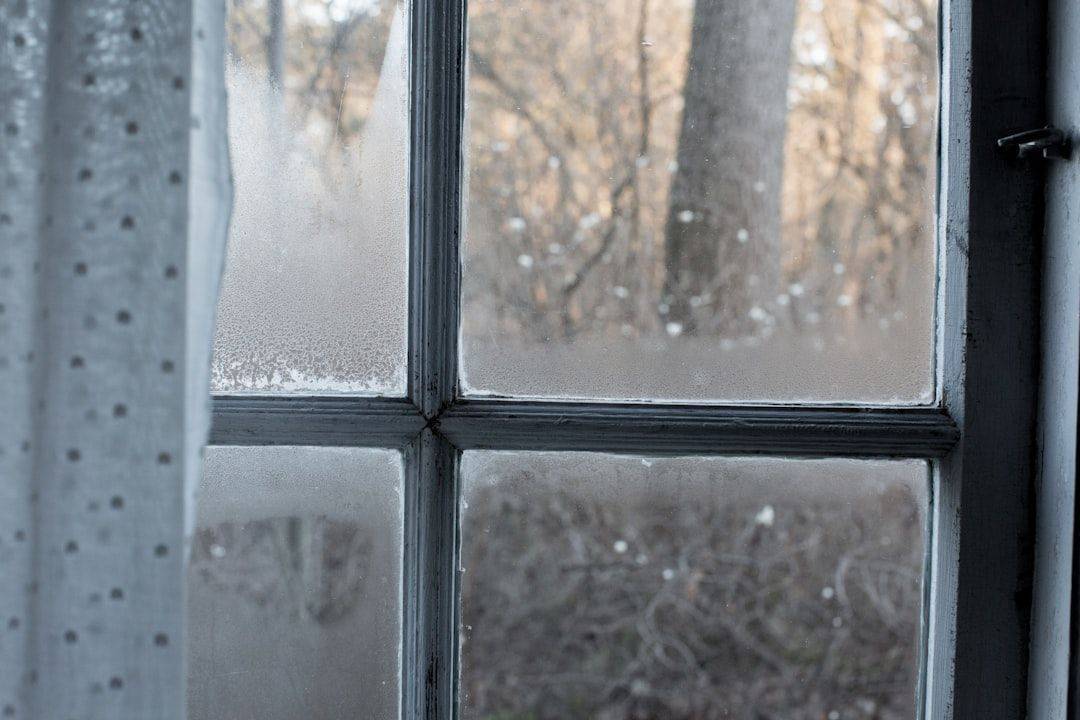IN BRIEF
|
Improve thethermal insulation of your windows is essential to guarantee optimal comfort in your home while reducing your energy bills. In fact, the heat loss through windows represent a significant part of a home’s energy consumption. This practical guide presents several effective and accessible methods for strengtheningwaterproofing of your windows, without requiring costly replacement. Whether you are a tenant or an owner, these tips will allow you to optimize yourenergy efficiency of your home in a few simple steps.
Thermal insulation of windows plays a crucial role in reducing heat loss in a home. By improving this insulation, owners can reduce their energy consumption and thus reduce their heating bills. This article explores the different methods available to improve the thermal insulation of windows, highlighting their benefits And disadvantages.
Benefits
Energy savings
One of the main reasons for improving the thermal insulation of windows is the possibility of making energy savings. Better insulation keeps heat inside the home, reducing the need for heating. This inevitably results in a reduction in energy bills.
Increased comfort
Well-insulated windows also contribute to thermal comfort within the habitat. By avoiding cold drafts and temperature variations, home occupants can enjoy a more stable and pleasant indoor environment.
Noise reduction
In addition to thermal insulation, improving window insulation also contributes to better sound insulation. The materials and techniques used, such as double glazing or seals, can significantly reduce noise pollution from outside.
Disadvantages
Cost of work
Although the benefits are notable, one of the main disadvantages of improving the thermal insulation of windows is the cost of work. Depending on the method chosen, the budget can vary considerably, and for some homeowners, this represents a significant investment.
Complexity of installation
Some insulation improvement techniques may require specific skills and know-how. This sometimes involves calling on professionals, which can increase the time and cost of the work.
Non-immediate results
Finally, it is important to note that some improvements may have results that are not immediately visible. For example, the return on investment in terms of energy savings may take time to realize after implementing the modifications.
Thermal insulation of windows is essential to reduce heat loss in your home. By improving this insulation, you will not only be able to optimize your comfort, but also reduce your energy bills. This practical guide offers you different simple and effective methods to achieve this without having to change your windows.
Use insulating curtains
Install insulating curtains is an easy and effective option to improve the thermal insulation of your windows. These curtains are designed with specific materials that slow heat loss. They create an additional barrier against the cold outside, especially during the winter months. Just close them at night to keep the heat inside.
Caulking window joints
Window seals are often responsible for air leaks. For better insulation, it is advisable to check the condition of these seals and replace them if necessary. The use of foam strips or silicone to caulk the gaps between the window frame and the wall can significantly reduce heat loss.
Install insulating films
Another effective solution is to apply insulating films on your windows. These transparent films allow heat to be reflected inside your home while allowing light to pass through. They are simple to install and can be easily removed once the cold season is over.
Opt for shutters
THE shutters are an excellent method for insulating windows. By closing them every evening, you create a layer of stagnant air which acts as insulation. Available in different materials (wood, PVC, aluminum), they can also contribute to the safety and aesthetics of your home.
Improve ventilation
It is important to maintain a effective ventilation in your accommodation. Good air circulation helps reduce humidity and prevent condensation on windows. Remember to ventilate several times a day, even in winter, in order to optimize indoor comfort while preserving the integrity of the insulation.
Evaluate different types of windows
If you are considering replacing your windows, consider the choice of materials. The windows in drink, aluminum or PVC offer different thermal performances. Each has advantages and disadvantages when it comes to durability and maintenance. To obtain an optimal indoor climate, you should select the options best suited to your home.
Regular maintenance of your windows
Finally, it is crucial to carry out a regular maintenance windows to guarantee their insulation performance. Inspect joints, clean frames, and ensure adjustment mechanisms are functioning properly. For wooden windows, view specific maintenance tips to ensure their sustainability.
Good thermal insulation of your windows is essential to optimize the comfort of your interior while reducing your energy bills. This practical guide presents different effective methods for improving the insulation of your windows without necessarily changing them. You will discover simple tips to implement, adapted to various types of windows and materials.
Install insulating curtains
One of the simplest and most effective solutions to reinforce the thermal insulation of your windows is to install insulating curtains. These curtains, often made of heavy fabric or lined, act as an additional barrier against drafts and heat loss. They are especially useful during the winter months.
Change seals
Over time, window seals can deteriorate, leading to air infiltration. Replacing these seals is a simple but often overlooked method of reducing heat loss. Make sure you use seals that are appropriate for the type of windows you have.
Use insulating films
THE insulating films are transparent films that can be applied to the glazing. These films serve to reduce thermal exchange by creating a layer of air between the film and the window, thus improving insulation. It is an economical and quick solution, particularly recommended for single-glazed windows.
Opt for improved glazing
If replacing your windows is considered, choose double or triple glazing. These types of glazing are specially designed to reduce heat loss through air or gas spaces between the layers of glass, thus providing better thermal and acoustic insulation.
Avoid thermal bridges
THE thermal bridges are areas where heat can escape, usually located at window frames. To minimize this effect, it is important to ensure that the button and edges of your windows are well insulated. You can also consider installing insulation boards around the frames.
Choice of window materials
The choice of materials can also influence thermal insulation. The windows in drink offer very good insulating performance. Alternatives, such as PVC or aluminum, can also be a good choice depending on your aesthetic and durability requirements. For a complete review, see different types of aluminum windows available on the market.
By applying these different methods, you will optimize the thermal insulation of your windows and thus contribute to a reduction in your energy bills while improving the comfort of your home.
Comparison of Window Thermal Insulation Methods
| Method | Description |
| Installation of joints | Replace or install seals to avoid air infiltration. |
| Insulating curtains | Use thermal curtains to add a layer of insulation and retain heat. |
| Insulating film | Apply a insulating plastic film on the glazing to reduce heat loss. |
| Double glazing | Install double glazed windows to improve the thermal insulation of the window. |
| Caulking | Use caulking products to seal gaps between frames and walls. |
| Insulating shutters | Add roller shutters or flaps for additional protection against the cold. |
Testimonials on the practical guide to improving the thermal insulation of your windows
Since I applied the advice of this practical guide, I feel a real difference in my home. THE heating bills have decreased considerably and thermal comfort is much better. I started with change the seals, and it immediately reduced the drafts in my living room. Thank you for these effective recommendations!
The guide opened my eyes to the importance of optimal insulation windows. I solved the problem of thermal bridges by installing insulating curtains and using thermal films. I never thought such simple solutions could make such a difference. I highly recommend exploring all the suggestions!
As the owner of an older home, I was concerned about heat loss due to my windows. After reading this guide, I decided to focus on theinsulation of existing windows instead of replacing them. Advice on the caulking and the use of thermal curtains were particularly helpful. My interior is much more comfortable now.
I am very satisfied with the results obtained thanks to this practical guide. In addition to improving thethermal insulation, I also noticed that it had a positive impact on thesound insulation. My house is now a haven of peace! The information was clear and easy to follow, making the implementation process accessible to everyone.
Having followed the recommendations in this guide step by step, I was able to reduce external noise and improve thesealing my windows. Tips on changing joints and installing insulating films are simple to follow. I feel much better at home, and I am delighted to have invested in theinsulation.
Improving the thermal insulation of your windows: a practical guide
Windows play a crucial role in the thermal insulation of a home. Good insulation helps reduce heat loss, improve indoor comfort and reduce energy bills. This article offers practical recommendations for optimizing the insulation of your windows without necessarily carrying out a complete replacement. Through different techniques and materials, discover the best solutions to ensure optimal energy efficiency.
1. Checking and replacing seals
THE seals are essential to prevent heat loss around windows. If these are worn or missing, cold air can easily enter your home. It is recommended to carry out a regular check. If leaks are detected, replace the seals using suitable materials, such as rubber or the silicone, to guarantee a good seal.
2. Use of insulating films
THE insulating films represent a simple and economical solution to improve the insulation of your windows. These films, often made of polyethylene, are placed inside windows and create a layer of air which helps reduce heat loss. In winter, the use of films can help maintain better comfort without incurring heavy work.
3. Installation of insulating curtains
THE insulating curtains offer an aesthetic and effective alternative to reinforce thermal insulation. Choose models made from thick, lined materials, which act as a barrier between the inside and the outside. By closing the curtains at nightfall, you can limit heat loss and ensure a more constant room temperature.
4. Using Shutters
THE shutters are also an option to improve the insulation of your windows. In winter, closing the shutters at night limits heat exchange with the outside. In addition, wooden or PVC shutters are generally good insulators, thus providing a barrier against the cold. Consider using them as much as possible during periods of extreme cold.
5. Opt for high-performance glazing
If you are considering a replacement, choose the double or triple glazing which provide better thermal insulation. THE low-e glazing (or Low-E) can also significantly reduce heat loss, while allowing natural light to penetrate. Compare the different options available to choose the one that best suits your home and your budget.
6. Caulking
For spaces between windows and the wall, it is crucial to carry out a caulking. This technique helps fill gaps and prevent drafts. Use specific materials such as caulk or expanding foam for optimal results. This simple gesture can greatly improve the energy efficiency of your home.
7. Installation of interior curtains or blinds
Certain types of interior blinds can also reinforce the thermal insulation of windows. Fabric blinds with insulating properties are recommended to reduce heat loss at night. In addition, roller or slatted blinds can provide adjustable insulation as needed.
Find out about financial aid
Improving the thermal insulation of your windows can represent an initial cost. However, there are financial aid and subsidies to support owners in their energy renovation projects. Find out more from the relevant organizations to find out what opportunities are available to you and make your insulation work easier.



